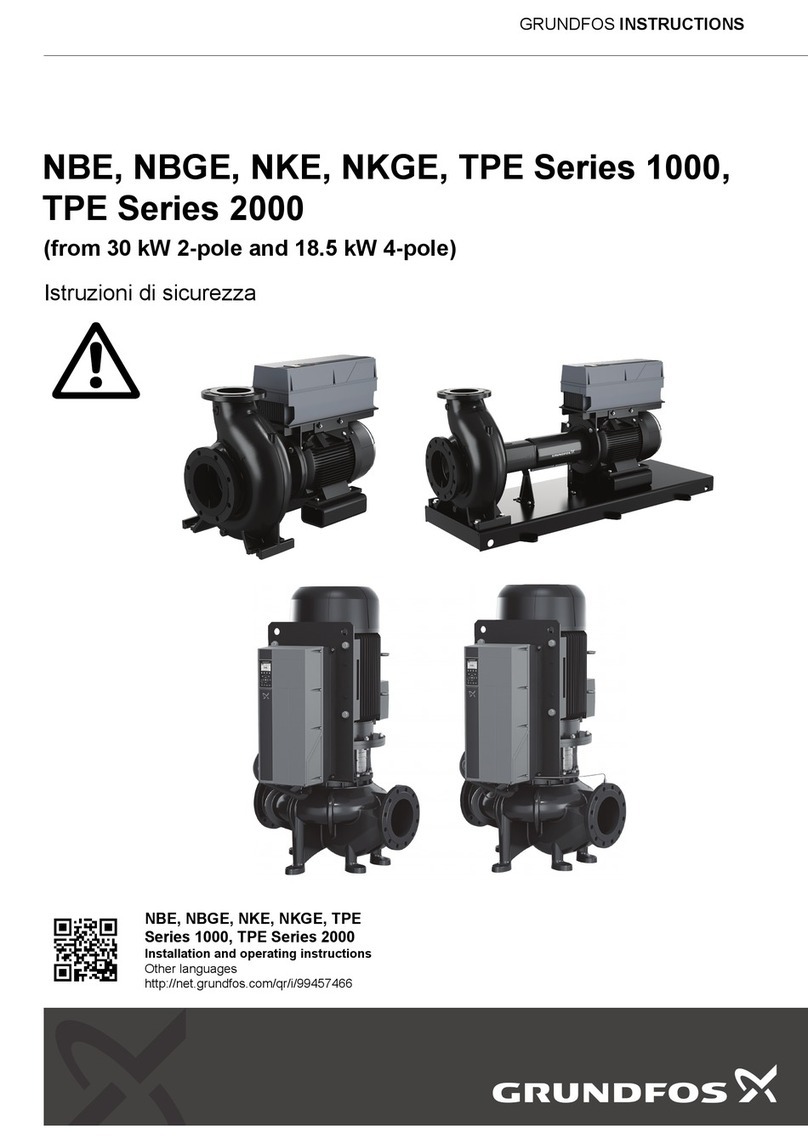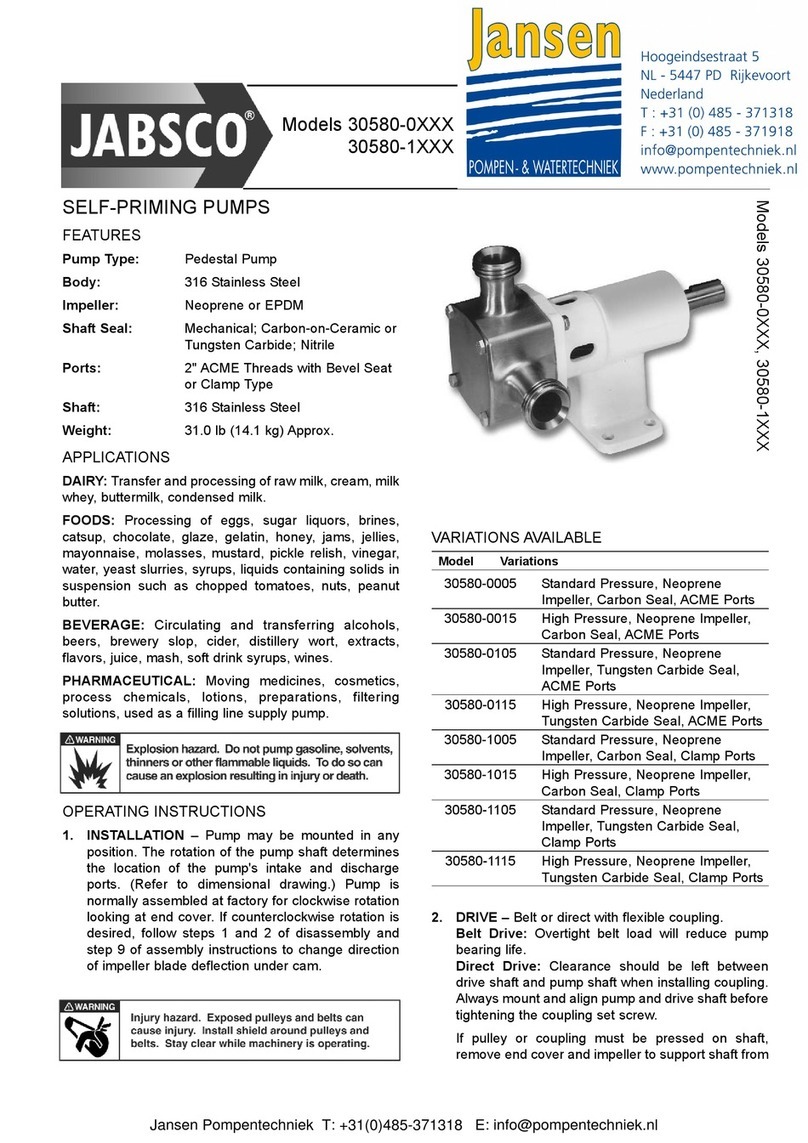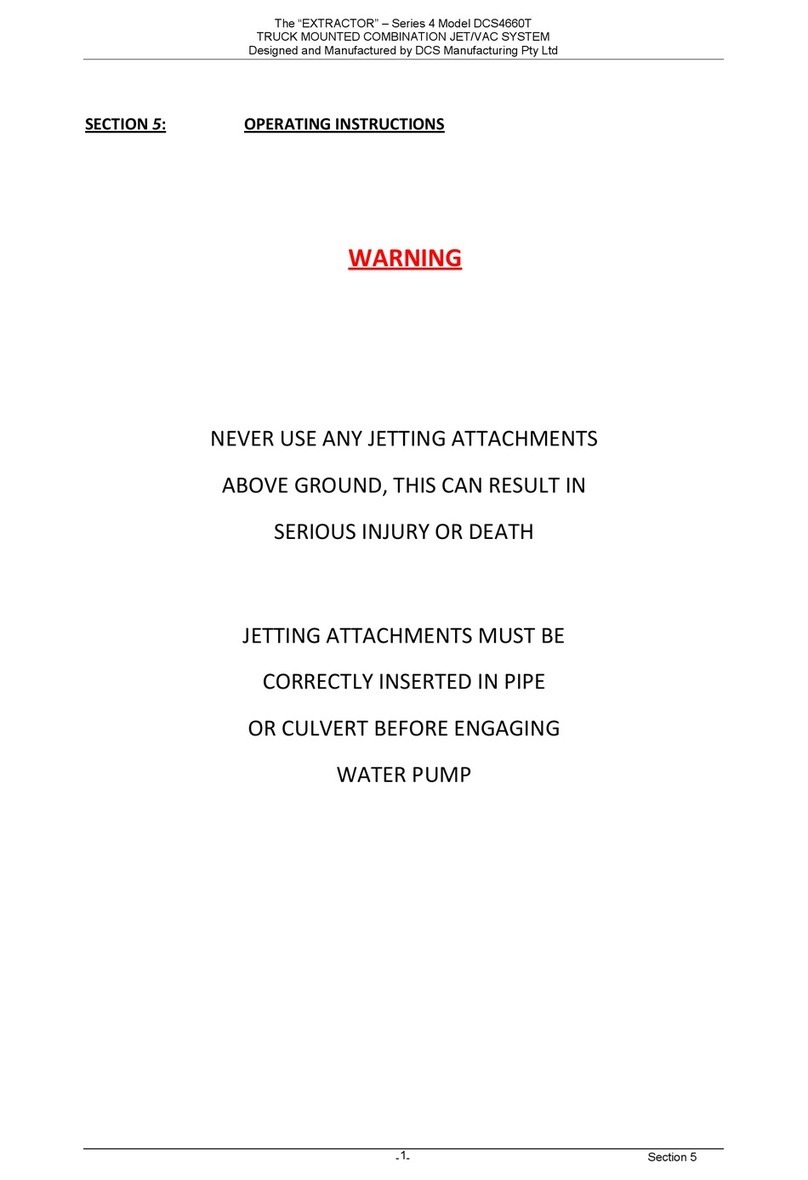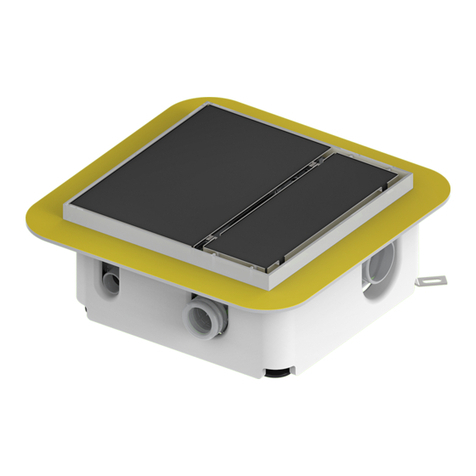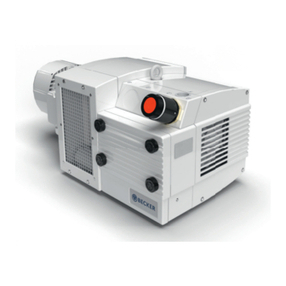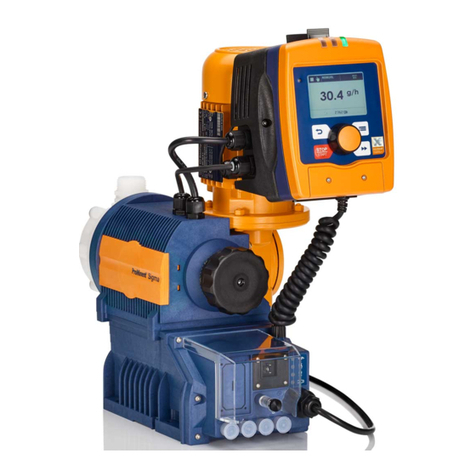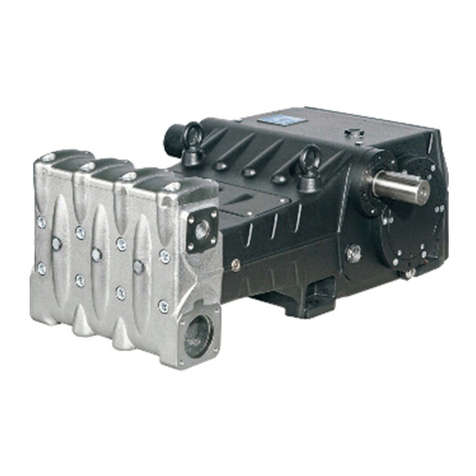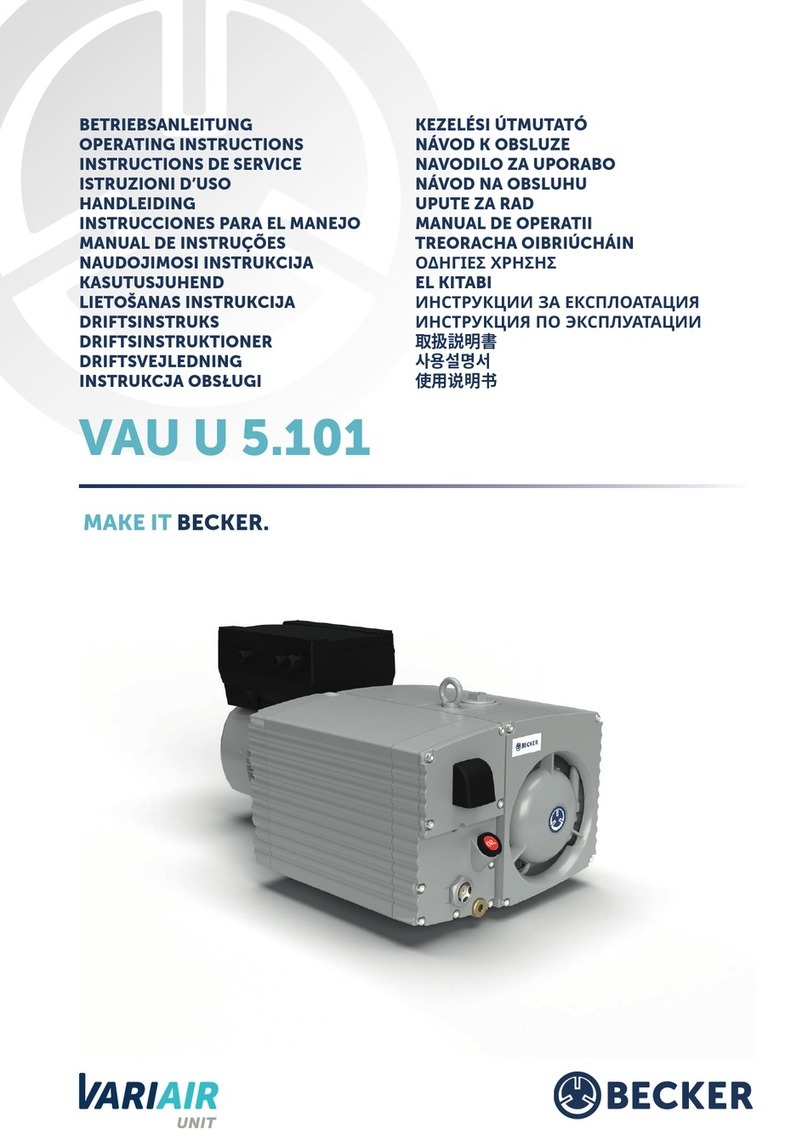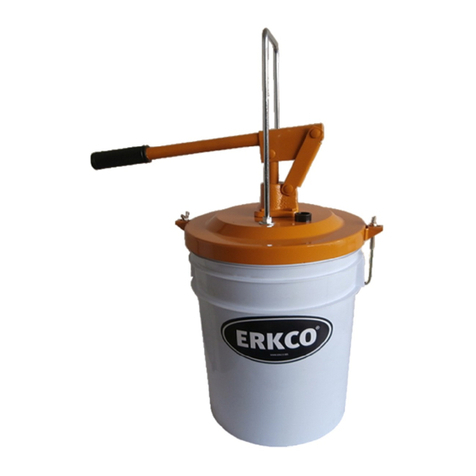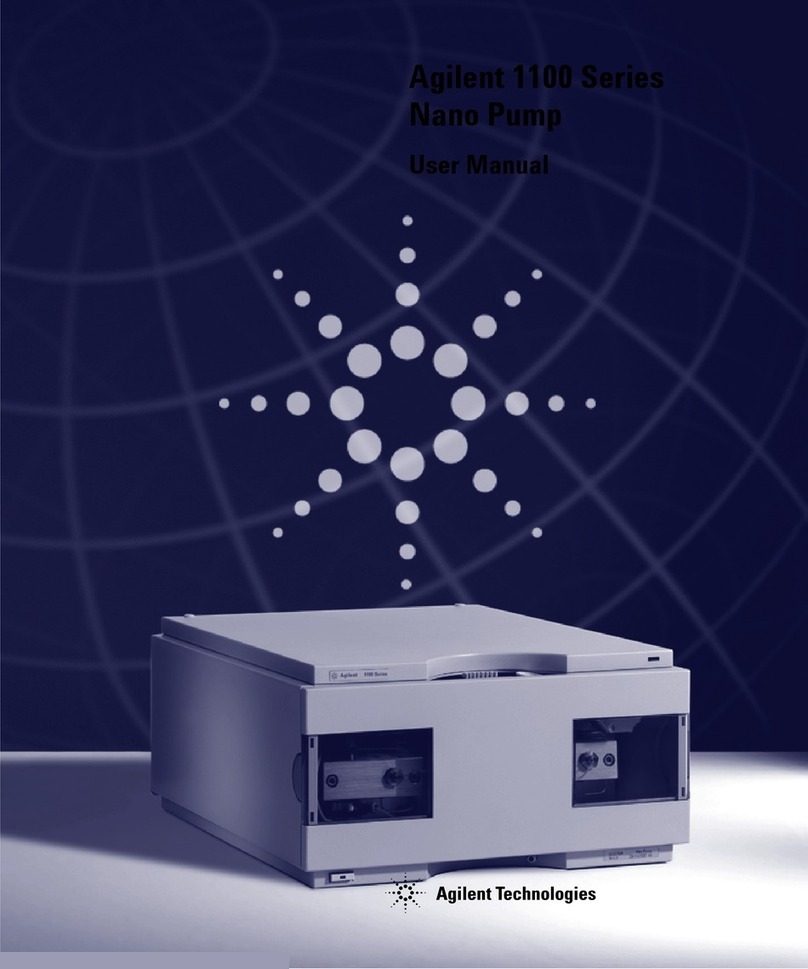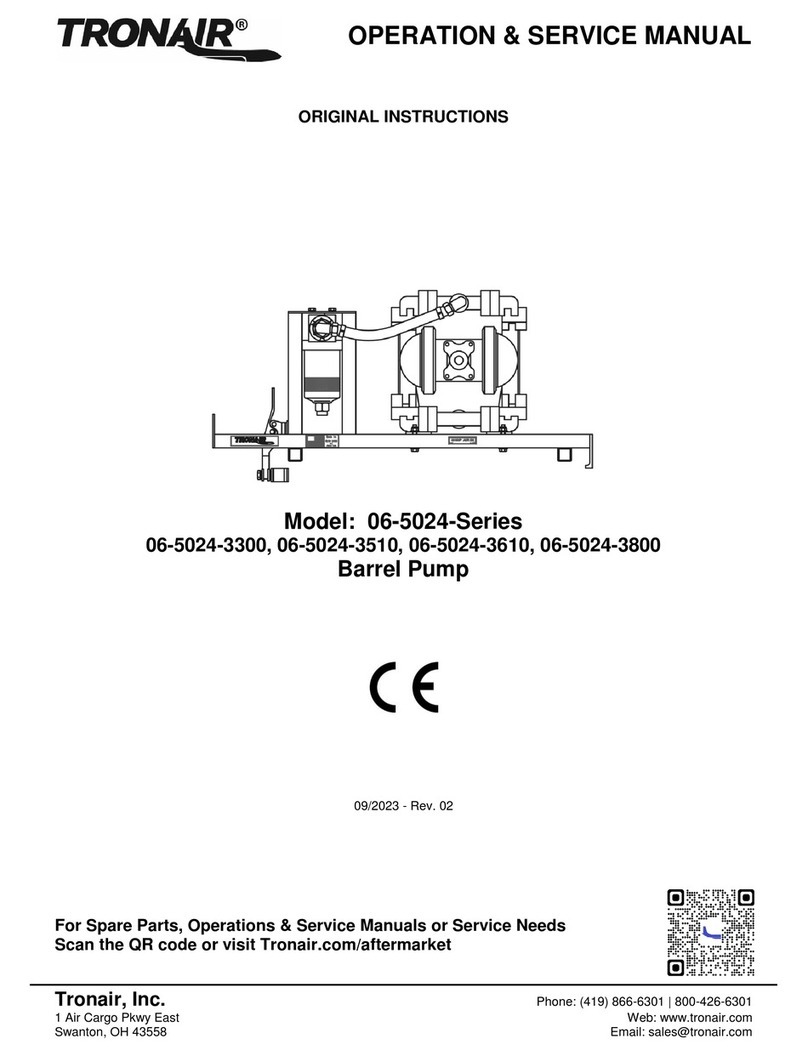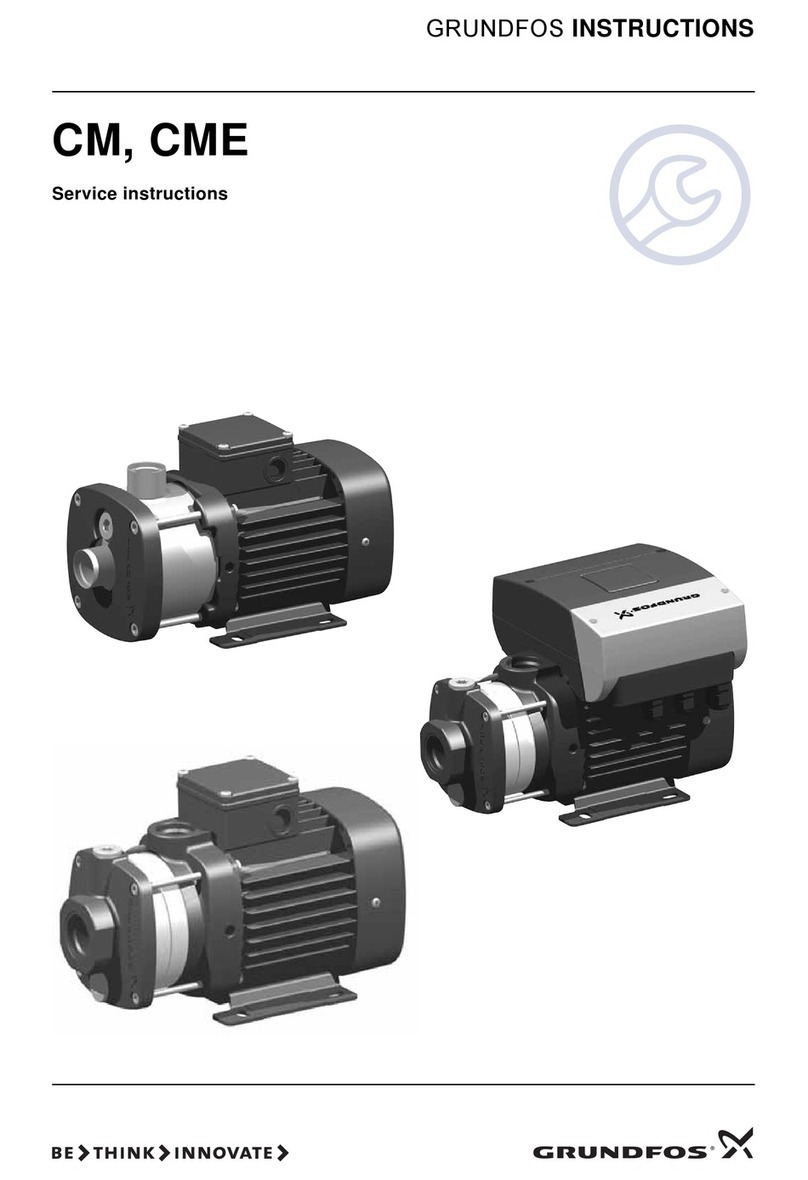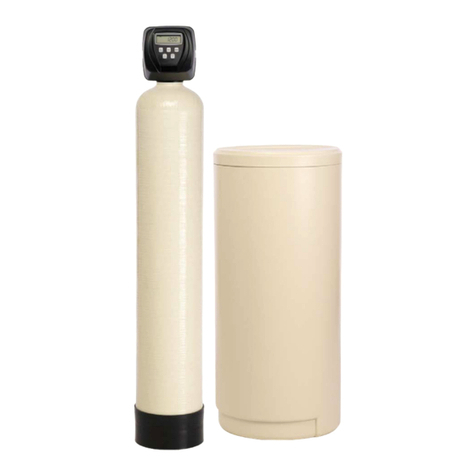The instructions contained in this manual cover complete disassembly and reassembly
of the controls. Before proceeding with the disassembly or reassembly of any unit, this
manual should be studied in order to become familiar with proper order and parts
nomenclature.
A piloted three-way valve spool and sleeve combination is the nucleus of the control
function. For the compensator, torque limiter and load sensing controls, system pres-
sure is applied to the input port of the valve, and to one end of the spool. A small ori-
fice feeds this pressure to the other end of the spool, and limits pilot flow to approxi-
mately 115 in3/min., 1,9 L/m. A spring on this end biases the spool to normally port
the control piston to pump case. This control piston links to the pump cam. On the
opposite side of the control piston, a pston connected to system pressure, pump timing
forces, and a spring combine to put the pump on stroke.
A spring-loaded cone and seat connected to the spring end of the three-way spool
establishes an adjustable pressure limit on this end of the spool. When system pres-
sure reaches this value, flow through the spool creates a pressure difference across
the spool. At approximately 200 psi, 13,6 bar difference, the spool shifts toward the
spring, re-directing the control piston port to pressure. This pressure applied to the
control piston overcomes the forces putting the pump on stroke, causing the pump to
reduce displacement. When the pump pressure drops, the spool shifts the other way
to maintain the pump pressure at approximately 200 psi, 13,6 bar above the controlled
pressure on the spring side. The spring end of this three-way spool may also be con-
nected to a remote pressure control, through the vent port, “V”.
For load sensing, this “V” port is connected to the load. The pump compensator will
supply approximately 200 psi, 13,6 bar above the load pressure. The valve between
the pump and the load meters the flow, The pump provides the flow to develop 200
psi, 13,6 bar drop across the valve independent of the load pressure and thus
becomes a flow control independent of operating pressure. Adjustment of spring load
on the three-way spool allows precise control of the differential pressure.
Where the approximately 115 in3/rev., 1,9 L/m vent flow cannot be accommodated by
the load sensing circuit, and where multiple loads are to be controlled, a load sensing
control is available. In the load sensing control, the vent flow is modulated by a valve
which senses load pressure and establishes the pump compensator pressure at 300
psi, 20,7 bar above load pressure. There is essentially no flow in the sensing line.
For torque limiting, system pressure and pump displacement are controlled by the for-
mula P•V=C. As pressure increases, displacement must reduce, and vice versa. A
linkage to the pump control piston slides a spool over a pin. The spool and pin act as
a metering valve. The pin contains a cross drilled hole, and a connecting drilling to
one end. This pin passes through a bore in the torque limiter housing, which is ported
to the vent port of the compensator. The pressure in the vent port applies a force on
the pin, which is resisted on the other end by a two spring combination.
The pin positions itself to where the vent pressure force on the one end is balanced by
the spring force on the other end. When the cross drilled hole opens, it causes the
three-way spool to shift to direct system pressure into the control piston, reducing
stroke. The linkage to the control piston causes the spool to move in the direction to
close the cross-drilled hole. Thus, for every position of the pin, there is a correspond-
ing position for the control piston. The position of the pin is determined by the pres-
sure, the spring rate, and the initial adjustment on the springs. As pressure increases,
pump stroke must reduce.
At low pressure, high flow, only the outer spring contacts the spool. As pressure
increases, the second spring also makes contact. Thus the rate of change of pressure
starts at a low initial rate when the pump is at full stroke and changes to a high rate at
reduced stroke, to approximate the P•V=C relationship. The normal compensator
function is retained to provide a maximum pressure limit.
The rotary servo control is mounted on the off-stroke side of the control cylinder. The
control piston has a large diameter on this side, and a smaller diameter on the oppo-
site side. Servo pressure is connected to the input port on the three-way valve, and
also to the smaller diameter side of the control piston.
When the three-way spool is at rest, this end of the control piston is ported to tank,
and servo pressure applied to the opposite, smaller diameter piston causes the rocker
cam to stroke to minimum. When the three-way spool shifts, pressure is directed into
the larger diameter of the control piston causing the cam to shift towards full stroke.
The pin described above is spring loaded against a mechanism which converts rotary
motion of the input shaft to linear motion of the pin, thus positioning pump stroke pro-
portionately to input shaft rotation.
In the hydraulic stroker, a spring loaded piston is attached to the above pin. A control
pressure of 50 psi, 3,45 bar causes the piston to commence to move against the
spring, to position the pin in proportion to the control pressure, and thus cause the
INTRODUCTION
GENERAL
DESCRIPTION OF OPERATION
PRESSURE COMPENSATOR
COMPENSATOR WITH LOAD
SENSING CONFIGURATION
LOAD SENSING CONTROL
TORQUE LIMITER
ROTARY SERVO CONTROL
HYDRAULIC STROKER
4




























